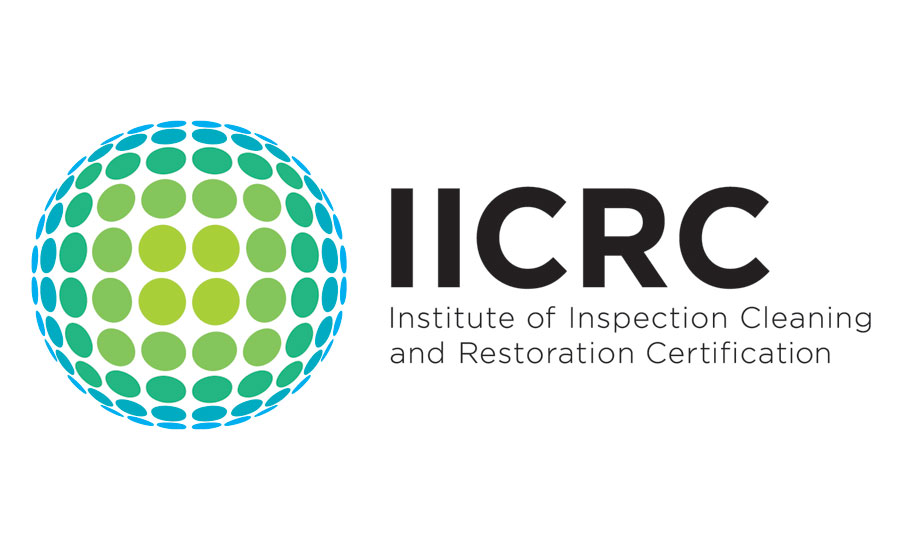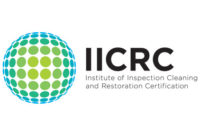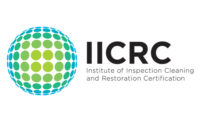Newest Edition of S520 Standard & R520 Reference Guide Now Available
ANSI/IICRC publish updates to professional mold remediation standard

The Institute of Inspection, Cleaning and Restoration Certification (IICRC) announces the publication of a newly-revised ANSI-approved ANSI/IICRC S520 Standard for Professional Mold Remediation and IICRC R520 Reference Guide for Professional Mold Remediation (4th edition, 2015).
The ANSI/IICRC S520 is a procedural standard and reference guide for the remediation of mold damaged structures and contents. The ANSI/IICRC S520 is based on reliable remediation and restoration principles, research and practical experience and attempts to combine essential academic principles with practical elements of water damage restoration for technicians facing “real-life” mold remediation challenges. The S520 and R520 are written for use by those involved in the mold remediation industry, and is the result of collaboration among microbiologists and other scientists, public health professionals, industrial hygienists, remediation contractors, restoration service companies, cleaning and restoration training schools and trade associations that service the professional restoration industry, allied trade-persons and others with related professional and practical experience.
According to S520 Consensus Body Chairman Jim Pearson, the primary revisions made to the Standard and Reference Guide since the 2008 edition was published, include the following:
- The Reference Guide has been separated from the Standard for ANSI review and the documents are more streamlined for better usability.
- All references and definitions have been updated and complex language has been clarified.
- The Standard is more internationally acceptable with the inclusion of international measurements compliant with Global Harmonization System (GHS) requirements.
- Enhanced rules added for negative pressure containments used in sensitive environments.
- Lead based paint and coatings clarified to reflect compliance with EPA’s renovation, repair and painting (RRP) program.
- Temperature extremes, either hot or cold, should not be used as an alternative to cleaning procedures and physical removal of mold contamination.
- Text related to misting is now less stringent. Language strengthened to read – “Remediators should not mist or fog disinfectants or sanitizers in an attempt to kill mold in lieu of complete source removal.”
- Insurance information has been changed and amplified to help restorers obtain the proper pollution coverage for their work. Professional liability coverage when rendering opinions is recommended.
- It is recommended that HVAC systems are not to be used for dehumidification or drying during a mold remediation project.
- Remediators may perform Post Remediation Evaluation (PRE) and IEPs may perform Post Remediation Verification (PRV).
- If the IEP conducting assessment or PRV is not independent from the remediator, they should disclose in writing to the client that they are deviating from the Standard.
- If the IEP conducting any activity such as assessment or post-remediation verification is not independent from the remediator, they should disclose this “complexity” in writing to the client that they are deviating from the Standard.
- If the project involves post remediation verification by an IEP, it should be conducted prior to application of coatings: including resurfacers, repair coatings or HVAC sealants.
According to IICRC Standards Chairman Howard Wolf, "The goal of this revision was to address specific issues that add clarity and enhance the user’s experience. We are very excited to share this document with the industry."
Click here to watch a presentation on the summary of changes in the S520 Standard and R520 Reference Guide since the 2008 version.
To purchase a copy of the new ANSI/IICRC S520: 2015 and other standards, visit the IICRC Standards Subscription website or the IICRC webstore.
Also, be sure to read this article by David Dybdahl about the making of an industry standard, and how the S520 is the best risk management tool for mold remediators.
Looking for a reprint of this article?
From high-res PDFs to custom plaques, order your copy today!




